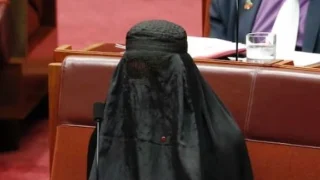
Public debate over school funding is characterised by misinformation and misunderstanding. Any sort of agreement or compromise seems unlikely when so many of the arguments are based on erroneous premises.
The facts are:
- State and territory governments allocate the vast majority of their school education funding to public schools while the federal government’s school education funding is weighted toward the non-government sector. In the 2000-2001 budgets, government schools are allocated 36% of Commonwealth funding and around 92% of state and territory funding.
- Total government expenditure for children in non-government schools is significantly less than that for children in public schools. Average per capita funding in 1998 was $6037 for government school students and $3451 for non-government school students.
- Under the Educational Resources Index system, funding for non-government schools has been allocated according to the level of income the school derives from private sources, including fees and donations of goods and services. Proposed new federal funding arrangements would measure the socioeconomic status (SES) of the school population, thereby determining the needs of parents rather than the school.
- Some of the schools classified as ‘Category 1’ schools – the wealthiest schools – under the ERI system will be eligible for increased funding under the SES system.
- The Enrolment Benchmark Adjustment (EBA) was designed to recover funds from the state government when enrolments in the non-government sector grow, because each child that enrols in a non-government school costs the state government less and the federal government more.
- The funds recovered from the states under the EBA are not transferred directly to the non-government sector, as is commonly believed. Non-government schools receive funding on a per capita basis that is unrelated to the EBA.
- School funding in Australia is a complex combination of federal and state, tied and untied, recurrent and capital, and targeted programme grants. It is almost impossible to determine exactly how much of the total education budget is from each source and for each purpose.
As long as this arrangement exists, there will be acrimony between the school sectors, and competition for resources based on these divisions. A common non-discriminatory system of school funding is urgently required, where all schools are funded on the same basis regardless of sector. Such a system should be student-centred and would therefore reflect the needs and choices of students and their parents.
Jennifer Buckingham is a Policy Analyst with the Taking Children Seriously research program at The Centre for Independent Studies.








